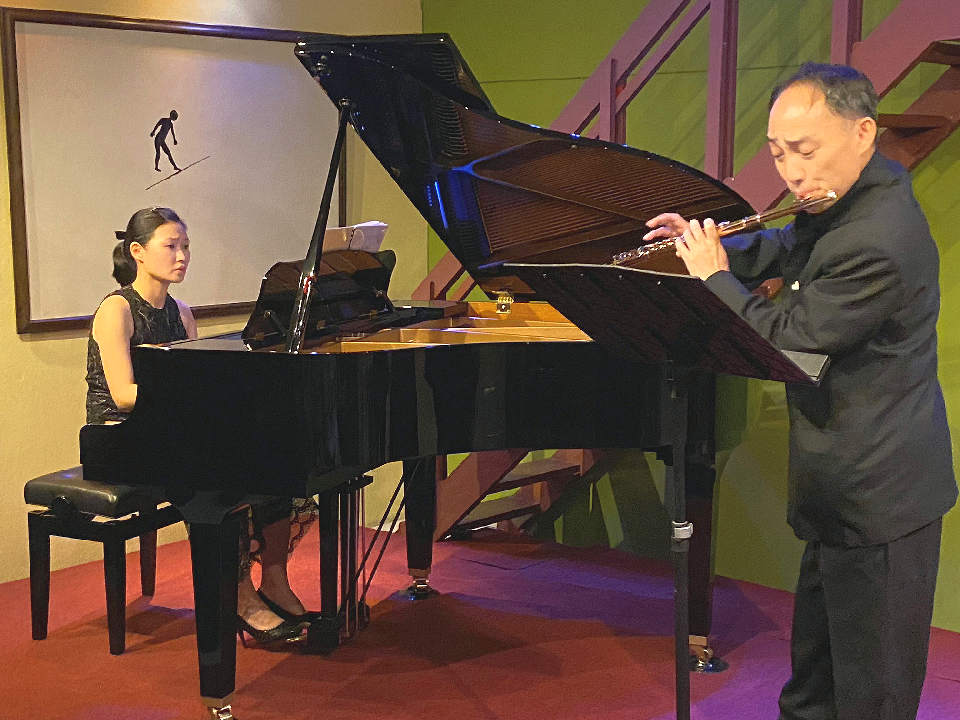
I wonder if you have ever come across a German composer named Max Meyer-Olbersleben, who was born in 1850? If you had been a musician living in the city of Würzburg at the end of the 19th century, his name would have been familiar. He was a distinguished professor at the Bavarian State Conservatory of Music in Würzburg and in 1907 became its director. But like so many once-revered names, history was not kind to him and he has fallen into obscurity. Perhaps it was because he wrote only a handful of orchestral pieces, some chamber music and a few dozen solo works for piano. Or perhaps his music was just a bit too old-fashioned for contemporary taste. I must admit that until a few weeks ago, I had never heard of Max Meyer-Olbersleben.
I mention all this because his Fantasie-Sonate for Flute and Piano was the opening work at a concert entitled Syntonic Embrace, given recently at Ben’s Theater in Jomtien. The performers were the Japanese flautist Hiroshi Matsushima, one of the best-known professional flautists in Thailand, who plays Principal Flute in the Thailand Philharmonic Orchestra. He was joined by Taiwanese pianist Ying-Hua Huang, herself an accomplished professional performer. Max Meyer-Olbersleben’s Fantasie is a powerful, moving work, which has evidently enjoyed popularity with flute players in Europe and Japan. The first movement is a delightful, lively piece with many virtuosic passages for the flute and a lovely romantic melody as the second subject. Sometimes the music reminded me of Franz Liszt, with whom the composer studied at the Weimar Orchestra School during the 1870s.
Hiroshi and Ying-Hua played with a compelling sense of phrase, brilliant articulation and fine ensemble. I was especially taken with the serenade-like second movement; a lovely, dreamy piece and perfect for demonstrating Hiroshi’s soft and silky-smooth flute tone. The ending of the movement was magical and, for me at least, the movement was one of the highlights of the evening. The finale is marked Bacchanal: Ziemlich rasch und wild (“Bacchanale: quite fast and wild”). A bacchanale derives from the name Bacchus, the god of wine and revelry in Roman mythology. A bacchanale was originally an orgiastic musical composition, often depicting a drunken revel.
Max Meyer-Olbersleben’s bacchanale is a comparatively sedate affair with flowing melodic lines, chromatic runs on the flute and dance-like rhythms. It is a virtuosic movement, with extreme top notes for the flute, lots of staccato articulation and chromatic runs. There’s a lovely haunting melody near the end before the exciting closing section scampers to the brilliant conclusion with fiery runs for the flute and a surprisingly catchy ending. Hiroshi and Ying-Hua provided a brilliant and tremendously competent performance of this challenging work and brought out the dramatic emotional contrasts. I was especially impressed with the expressive and sensitive playing from Ying-Hua and the sense of complete control from both musicians.
The Meyer-Olbersleben work is an example of the fantasy sonata, a form which became popular among composers during the second half of the 19th century. The roots of the fantasy (also known as fantasy, fancy, fantasy and phantasy) go back centuries. In England, composers such as William Byrd and Orlando Gibbons wrote many keyboard fantasias and the fantasy was kept alive throughout the baroque and classical periods. From the start, the fantasy was usually rather loose in form, often improvisatory in style and – as it turned out – was well suited to the music of the romantic period.
Schumann’s Fantasiestücke (“Fantasy Pieces”) were written in 1837 when the composer was twenty-seven. The work was dedicated to Robena Anne Laidlaw, a Scottish pianist with whom Schumann was friendly. The eight movements form Schumann’s first “piano cycle”, in which each is given poetic, sometimes programmatic titles. Ying-Hua performed two pieces from the set, giving the audience the opportunity to hear her solo playing.
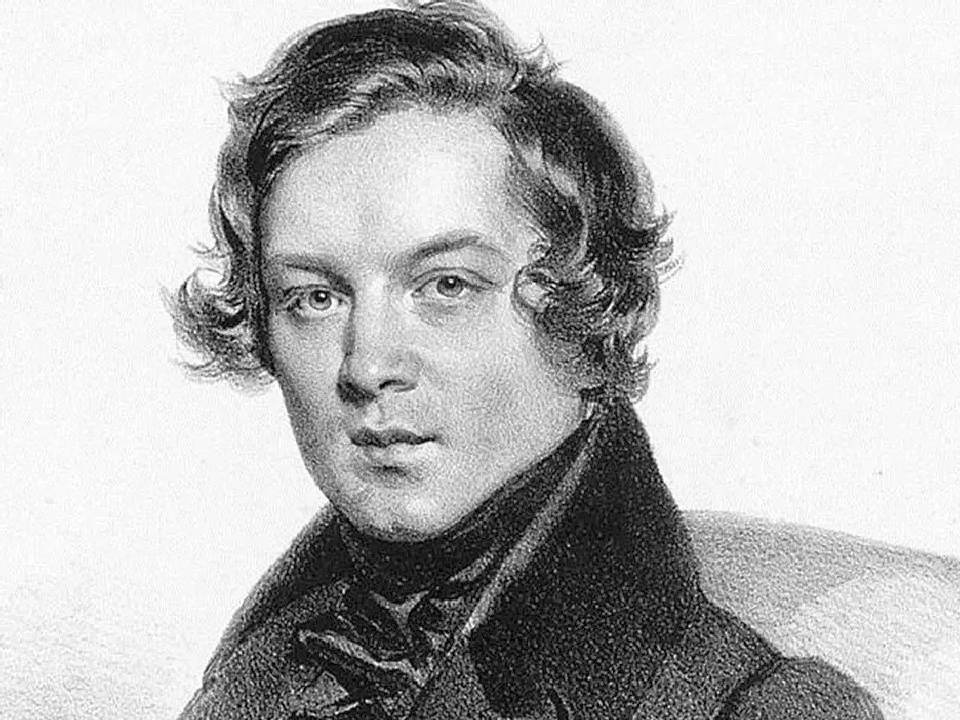
Of course, Schumann was obsessed with fantasy and created alter-egos of his own. He once wrote, “I am affected by everything that goes on in the world…that is why my compositions are sometimes difficult to understand, because they are connected with different states of mind; and sometimes striking, because everything extraordinary that happens impresses me, and then impels me to express it in music.” Anyone who has heard Schumann’s music will notice that often the mood can swing from one extreme to another. He spent his entire life experiencing varying levels of depression, anxiety and other mental health symptoms that many have tried to diagnose. His genius and radical musicality were not much appreciated in his time, except by a comparatively small group of close friends and admirers.
Ying-Hua began with the second piece of the set, Aufschwung a rippling piece in A flat consisting of piano figurations that bring a sense of joy and freedom. The title means “uplifting” and indeed the music has rather heroic qualities too. Ying-Hua played the complex movement confidently with superb articulation and expression. The second piece is entitled In der Nacht, which hardly needs translating. It’s characterized by a rippling piano part which starts in F minor and contains mysterious drifting melodic fragments. There is a lovely, reflective middle section in F major but in typical Schumann fashion, the music soon wanders away through other keys and becomes intensely chromatic and agitated. It struck me that Ying-Hua has an intuitive understanding of Schumann’s emotionally-charged, moody music and she brought out the passionate contrasts and the unspoken sense of loss that seems to underscore the movement.
Hiroshi and Ying-Hua played the Sinfonische Kanzone (“Symphonic Canzona”) by another slightly obscure German composer, Sigfrid Karg-Elert. He was also a pianist, organist and authored several books on musical theory and acoustics. Despite its rather daunting title, the work is an attractive, dreamy flowing piece. It was published in 1921 but must have seemed rather old-fashioned at the time, for the music is deeply rooted in the 19th century. Karg-Elert regarded himself as an outsider as far as composing was concerned and he seemed to place himself outside the sensational developments in composing that were taking place elsewhere. The work culminates in a long and technically challenging cadenza for solo flute, after which the piano returns with the original theme of the work. The work ends almost in silence, with the composer’s instruction in German, immer stiller und stiller until the dynamic marking is pppp, about as quiet as you can get without becoming inaudible.

Hiroshi and Ying gave a splendid performance of this little-known work and Hiroshi’s rich and sumptuous low flute tone was especially striking. The serene and tranquil conclusion to the piece was beautifully timed, something that comes from years of experience and complete confidence in one’s own technique and musical judgement. Hiroshi has had years of experience in chamber music and frequently performs in chamber music concerts throughout Thailand and abroad. He’s been at the College of Music Mahidol University for eighteen years and has a profound interest in music education, believing in fostering the students’ talent and spirit of independence.
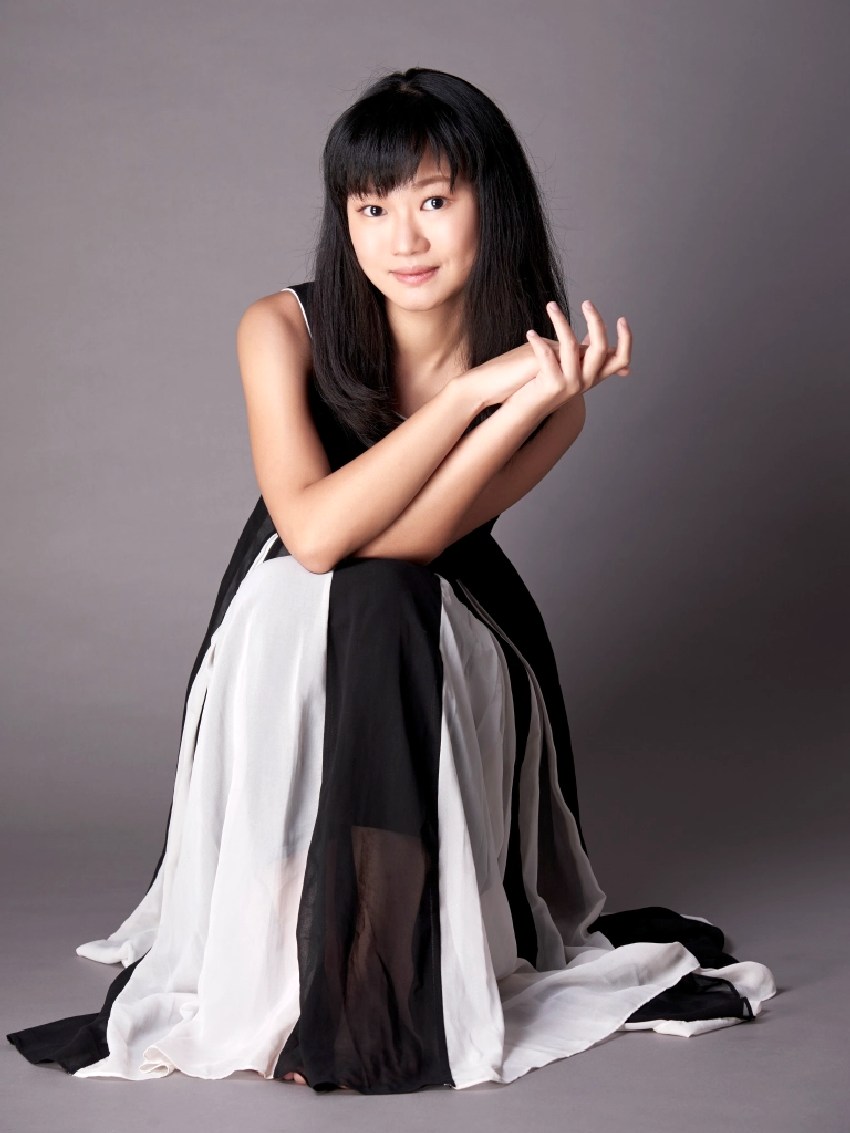
Ying-Hua Huang has performed in Russia, Myanmar, France and the UK. She gained her Master’s Degree in Piano Performance from Taiwan’s National Chiao Tung University. She lived and worked in Yangon from 2015 to 2021, collaborating with musicians across various genres and was profoundly affected by her Myanmar students’ tenacity and dedication. After returning to Taiwan in 2021, Ying-Hua continued to organize and perform a wide range of concerts. This is not the first time that Ying-Hua and Hiroshi have worked together. On her website, Ying-Hua wrote, “Back in 2019, we performed together in Yangon, and I was mesmerized by Mr. Hiroshi’s performance. Playing with him allowed me to express myself freely and connect more deeply with the music. I can’t wait to share the stage with him again and experience that magical moment once more!” And there were many magical moments in their concert. I think I was especially impressed with the sense of ensemble between the two musicians, that feeling of integration and musical togetherness that makes for such a rewarding listening experience. Ying-Hua is an exceptional and sensitive accompanist always closely watching and responding.
The second half of the programme was devoted appropriately to composers from Taiwan and Japan. The first work was the Sonata for Flute and Piano composed in 1979 by the Hakka Taiwanese composer Hsu Sung-Jung. He was born in 1941 and as an adult became greatly influenced by Hakka folk music. Like Bartók and Kodály in Hungary, Hsu Sung-Jung actively collected folk music and imbued his compositions with the Hakka spirit and traditional culture.
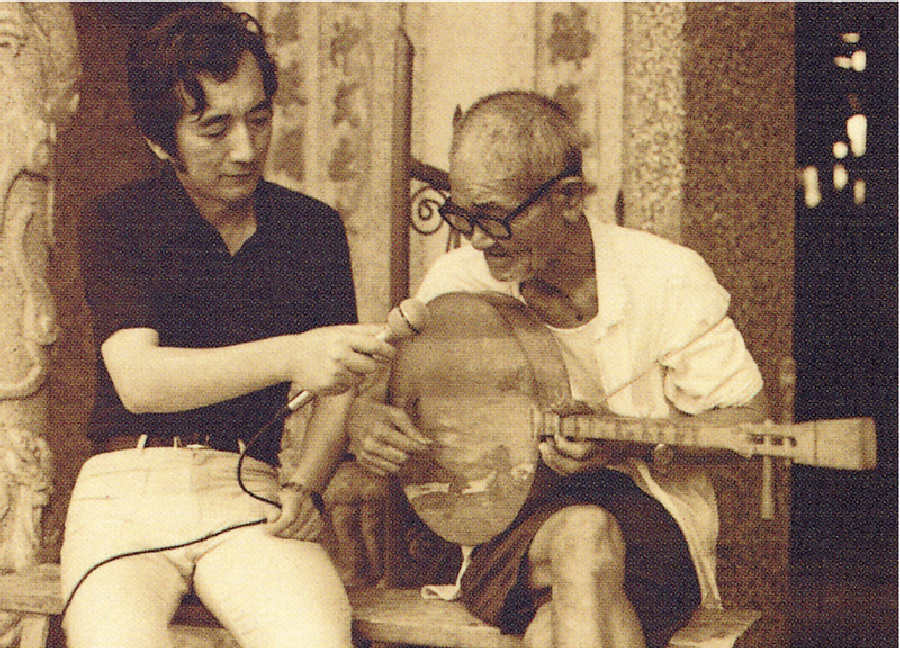
The music seemed to me to have a distinctive individual voice, enriched with Hakka elements yet sometimes hints of sultry Gershwin-like harmonies. The first movement marked Adagio is a kaleidoscope of moods and colours and many of the lovely melodies have a distinctive Chinese flavour. The second movement Allegro, is in a charming folk style and Ying-Hua, being Taiwanese herself really seemed to catch the essence of this movement. The finale, with its persistent rhythmic patterns, is a showpiece for flute and both performers gave a superb reading of the work.
Yoshitsugu Muramatsu (b. 1978) is a Japanese composer, arranger and music producer. In 2001, he debuted as a film music composer with the Japanese fantasy film, Inugami. (Yes, fantasy again.) He is a well-known name in Japan and has composed music for many films and TV dramas. He also performs as a pianist in concerts, playing his original works and impromptu performances.
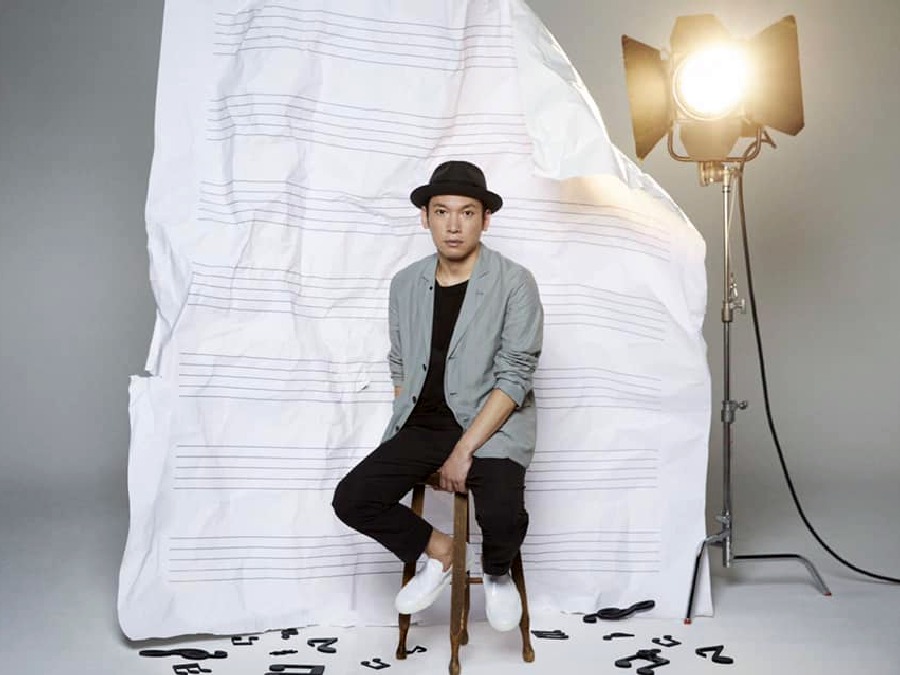
In 2003, he wrote a piece for flute and piano entitled Earth, and Hiroshi and Ying-Hua gave a delightful performance of this short but attractive work. It opens with a lovely melody with a rather filmic quality and reminded me of the contemporary Hollywood style of John Williams. The music leads into a spiky triplet section which finally returns to the original theme. It’s competently-written music and Hiroshi played with an excellent sense of phrase and line, sensitively accompanied by Ying-Hua throughout.
The concert ended with another work from the movies. The Castle in the Sky Suite is derived from the music to the 1986 film of the same name and composed by Mamoru Fujisawa (b. 1950) better known as Joe Hisaishi. He’s also a conductor and pianist, known for over a hundred film scores and solo albums dating back to 1981.

Castle in the Sky is a Japanese animated fantasy adventure written and directed by Hayao Miyazaki. The plot revolves around a young boy and girl with a magic crystal who race against various undesirables in search of a legendary floating castle. Predictably the music is much in the style of Hollywood, but even so it’s attractive, tuneful and masterly-composed music with plenty of lovely melodies. Since its composition, it has been arranged for a wide variety of instruments. The melodies are often quite simple in their construction yet the composer uses imaginative harmonies and creates beautiful endings to the movements. I felt that Hiroshi and Ying-Hua really captured the essence of this delightful music, with brilliant flute figurations, thoughtful and sensitive piano playing, and a compelling sense of ensemble. The work made a fitting conclusion to a remarkable evening of music-making.








